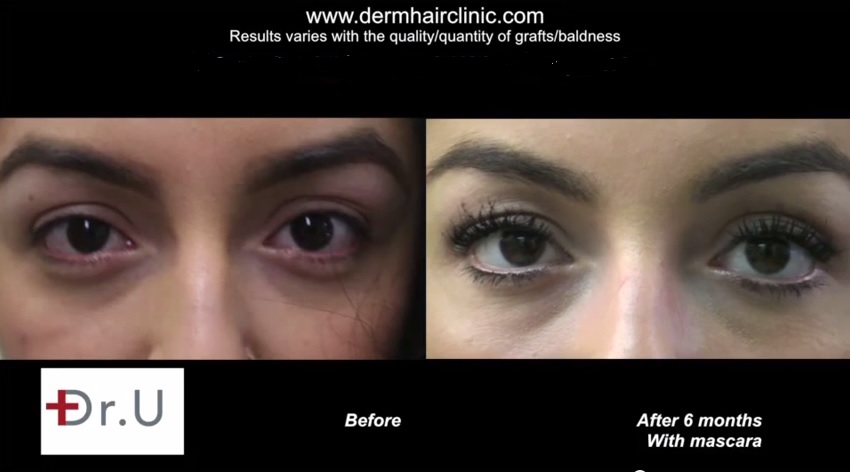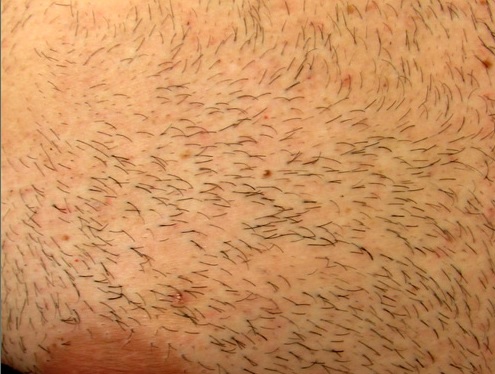- Norwood 6-7’s who are considered to be severely bald
- Those who need hair transplant repair procedures
- Individuals with DPA (diffuse patterned alopecia) and DUPA (diffuse unpatterned alopecia)
For these individuals, the majority of donor follicles have either been exhausted (i.e. through previous hair transplant procedures). Or they have been affected by miniaturization.
However, additional follicles can be derived from body regions. This is known as body hair transplant procedures. Common donor sources used in BHT procedures
include the face and neck (i.e. beard areas), chest, back and abdomen. Hair can also be extracted from the legs, arms and shoulders.
These areas can provide as many as twenty five thousands grafts, making it possible for patients to actually realize ideal forms of coverage.
It may be interesting to know that body hair actually thrives on DHT. As an illustration, hair on the body develops during adolescence when testosterone (and subsequent DHT) starts to surge.
The opposite is true of head hair in those with pattern baldness as sensitive follicles will react to adversely to DHT, leading to hair loss.
Other Advantages of Body Hair Transplant Procedures
Apart from expanding donor pools; other advantages include:
- Special hair transplants where body hair characteristics may offer more natural fits eg finer leg or forearm hairs for eyebrow or even eyelash transplants

Advantages of body hair transplant shown in this patient who had leg hair transplanted to her eyelashes for a more natural fit.*
- Body hair may offer advantages when it comes to the creation of softer, natural looking temples and temple points:

Read more about body hair transplant or body hair to head transplant here:
